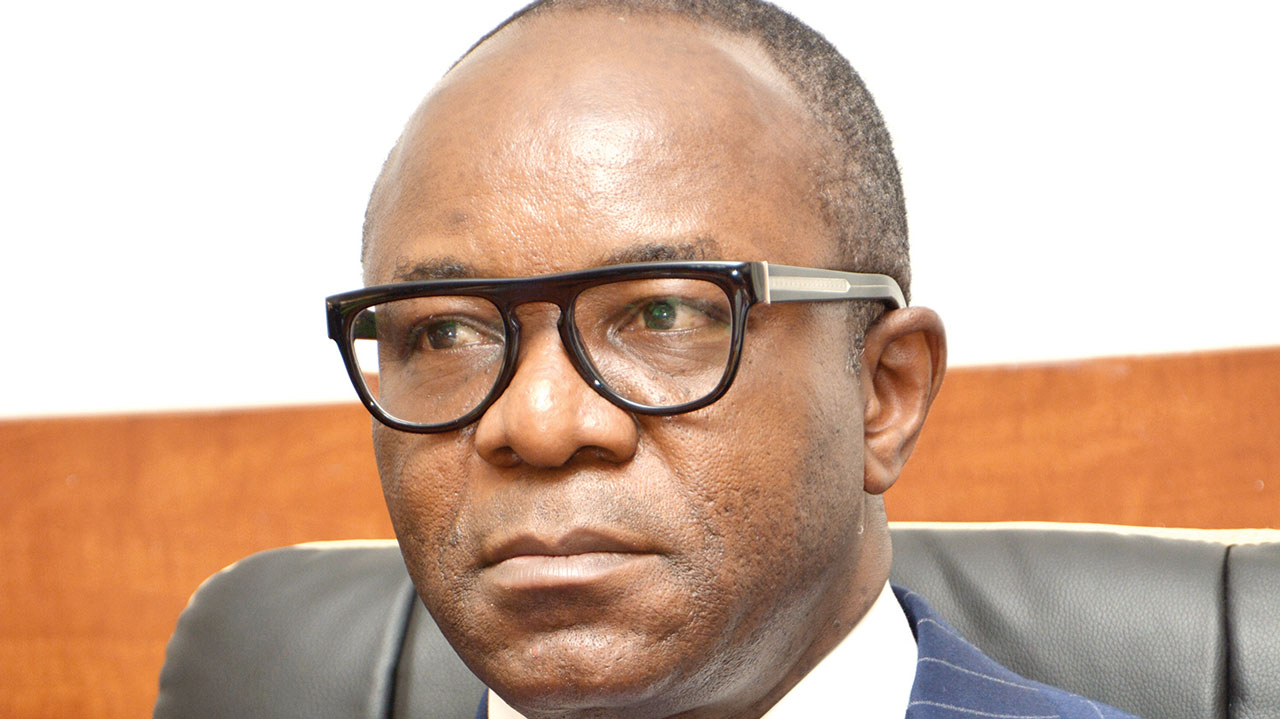Just like two weeks ago, last week started with the National Bureau of Statistics (NBS), releasing Nigeria’s headline consumer price index which recorded its sixteenth consecutive deceleration, moderating to 11.61% y/y (compared to 12.48% in April 2018).
On month-on-month basis, the headline index increased by 1.09% (vs. 0.83% the previous month). Following May inflation numbers and our view of continued impact of base effect, we project the headline CPI to moderate by 71 bps to 10.90% y/y in June.
This was followed by the Organisation of Petroleum Exporting Countries (OPEC) release of its Monthly Oil Market Report for June, indicating Nigeria’s crude oil production fell by 0.114 mb/d to 1.516 mb/d in May, from 1.630 mb/d in April, the largest decline amongst the OPEC members. The dip in production, as a result of the unplanned shutdown of two major pipelines — Trans Forcados and Nembe Creek Trunk Line — in May, increases the likelihood that the government’s 2.3 mb/d production target for 2018 will not be met.
On the equities market, gains were sustained on the equities market, as the ASI inched up by 0.67% w/w to 38,928.02 points, amidst sessions of mixed trading. Bargain hunting was the theme at the start of the holiday-shortened week, while profit taking ensued at the latter part. The Year-to-Date and Month-to-Date returns remained positive at 1.79% and 2.16%, respectively. The Oil & Gas (+3.84%) index was the best performing among the major sector indices, followed by the Insurance and Banking indices, while the Consumer Goods and Industrial Goods indices closed negative. That was on the back of interests in the shares of JAPAULOIL – which remained this week’s leading stock – EQUITYASUR and UBN, as well as profit-taking in NB and BERGER, respectively.
On the forex market, the overnight lending rate shed 108 bps on average, w/w, to close at 4.25%. System liquidity was squeezed for the major part of the week, on the back of outflows for retail FX funding (USD210 million) by banks. However, today’s inflow of OMO bills worth NGN244.00 billion boosted liquidity, amidst the absence of the usual OMO auction.
This week, an inflow of maturing OMO bills (NGN377.62 billion) will offer support to system liquidity. However, liquidity mop-up and forex intervention by the CBN are likely to exert upward pressure on the overnight lending rate.
Besides,. activities in the treasury bills market were bullish, with sentiments supported by relatively healthy liquidity and the absence of OMO auctions. Consequently, average yield moderated 22 bps to 12.62%. Investor sentiment was positive across the short (-38 bps), mid (-20 bps), and long (-8 bps) ends of the curve, amid increased demand for the 7DTM (-129 bps), 182DTM (-107 bps), and 280DTM (-55 bps) bills respectively. Meanwhile, at this week’s primary market auction, NGN6.22 billion, NGN50.00 billion, and NGN126.64 billion of the 91-day, 182-day, and 364-day bills were allotted. The bills were 1.39x oversubscribed, with yields closing higher across the 91-day (10.20%; previously 10.00%), 182-day (10.50%; previously 10.30%), and 364-day (11.50%; previously 11.00%) bills.
Yields are expected to be pressured, due to anticipated squeeze in liquidity position next week. At the NTB auction scheduled for next week, the CBN is expected to offer NGN66.68billion – NGN5.40 billion of the 91-day, NGN20.00 billion of the 182-day, and NGN41.29 billion of the 364-day – worth of bills to the market.
Trading in the bond market was bullish, again on the back of relatively healthy liquidity, as well as the anticipation and release of May inflation figure – which printed at 11.61% y/y (vs. 12.48% y/y in April). Consequently, average yield fell by 5 bps w/w to close at 13.30%. There was demand pressure at the short (-19 bps) and mid (-2 bps) segments, with the JAN-2022 (-46 bps) and FEB-2028 (-9 bps) bonds recording the most significant contractions, respectively. Conversely, yield at the long (+4) end of the curve expanded, following a selloff of the JUL-2034 (+11 bps) bond.
The naira traded flat against the dollar at NGN362 in the parallel market in every session of the week, while it dipped marginally by 0.04% to NGN361.07 in the IEW. Total turnover in the IEW, compared to similar period last week, was lower by 33.19% at USD619.06 million, with bulk of trades (90.38%) still traded within the NGN360-NGN369/USD band. Notably, accretion to the foreign reserves resumed this week, halting the four consecutive weeks of declines, to close at USD47.63 billion (as at 13th June), despite the apex bank’s conventional weekly injection of USD210 million into the forex market. In the FX forwards market, the NGN/USD depreciated across all major dated contracts — 1-month (-0.10%), 3-month (-0.21%), 6-month (-0.79%), and 1-year (-0.77%) – to NGN364.70. NGN371.95, NGN385.61, and NGN403.23, respectively.









